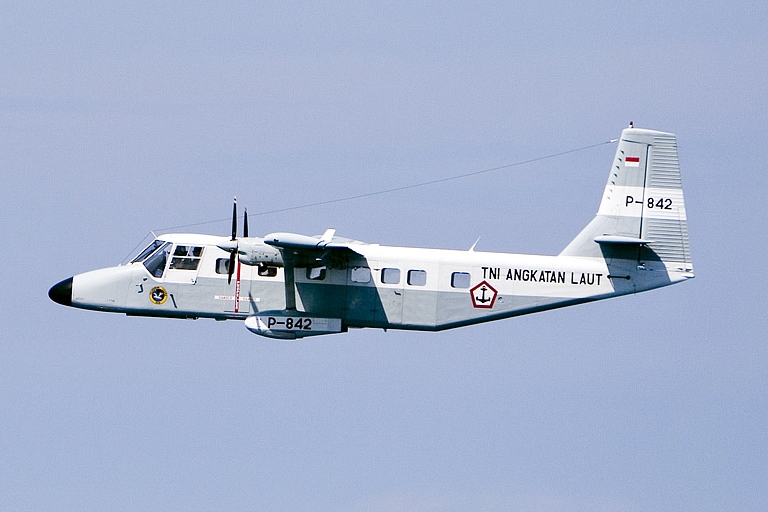If you seek something utilitarian, robust and tolerant also to less than optimal conditions, then some older designs -while less efficient- are better than more modern ones.
The Twotter is a good example of this, but before making claims that Cessna might not know what they are doing with this aircraft, it might be worth doing some research. I work on aircraft for a living, I'm well aware of engineering issues with aircraft design, but it's presumptuous to think Cessna is making a mistake with this aircraft before it has entered the market yet. There is a market for this class of aircraft, definitely, so isn't it worth waiting and seeing before we jump to conclusions and rubbish it without knowing anything about it?

